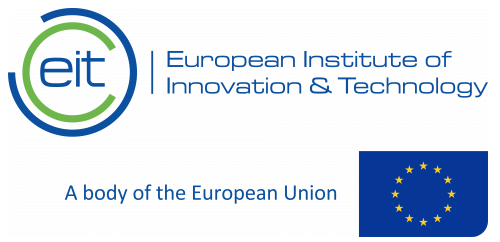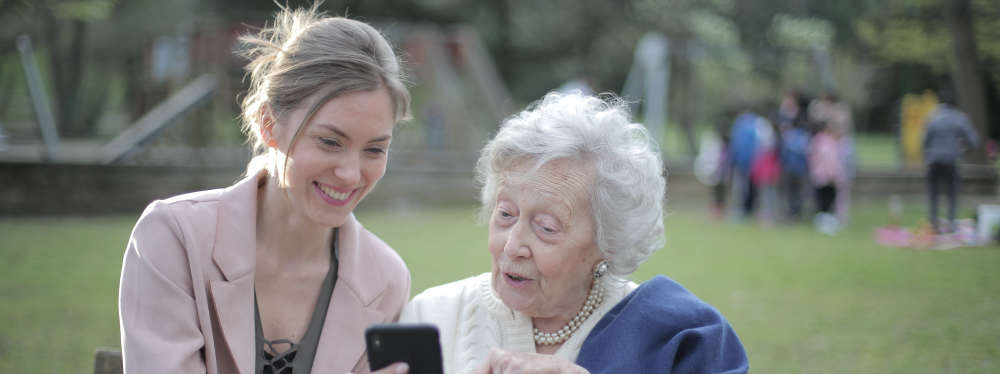Silver Starters 2
Silver Starters 2
Challenge
Most start-up courses target and are tailored to young entrepreneurs. Given our increasing healthy life years, however, more and more seniors are considering a second career and wish to create start-ups, which is shown to be beneficial for wellbeing and health.
Solution
In this activity, we will fill this gap and train them to start their own businesses in healthy living and active ageing. In 8 weeks, they will follow an adaptive, individual learning pathway and learn essentials about entrepreneurship.
We aim for two target groups:
1. 50+ individuals that are unemployed;
2. Retirees that wish to work again.
The first group has been shown to be concerned about their future retirement and income diversification. Senior entrepreneurs are the fastest growing group of entrepreneurs (https://ec.europa.eu/growth/smes/promoting-entrepreneurship/we-work-for/seniors_en). We give them an opportunity to reduce the risk of financial vulnerability and ageism that may result in employment disadvantages.
Objectives, Activities and Results expected / achieved
Expected Goals:
First of all, we expect our learners to acquire several learning targets although depending on their individual learning journey, such as:
1. The ability to apply design thinking;
2. Basic insight in business models;
3. Acquision of customer insights;
4. Basic knowledge of markeng and more parcularly markeng for seniors;
5. Introductory knowledge of change management;
6. Basic acquaintance with tools to develop their prototypes such as open source coding and gamification.
At the end of course, we aim to select two winning entrepreneurs that can develop their initial plans further and apply for funding or admission in bootcamps of accelerator, we will follow the participants to measure the actual success. As outlined above, we will use several sources for the measurement of evaluation: the online survey, online discussions, the metrics provided on our diverse websites and on our online plataform. Our success will be mainly measured to the number of applicants, the number of participants that complete the course and the number of participants that aim to continue their endeavors. In the longer run (next years) our success will be measured by the number of startups created by our alumni. Our other aim, the development of adaptive learning in Europe, will be measured in the short term by the evaluation and appreciation of adaptive learning journeys among out participants. In the long run, the success of adaptive learning will be measured by the number of partners, firstly within EIT Health, but secondly beyond EIT Health, that develop adaptive learning for their courses.
Objectives Achieved:
• Learners evaluation- 120;
• Number of professionals trained- 10;
• Programme Attractiveness and Demand- 150.

Project Reference
20477Funding

Total Investment
170.000,00IPN Investment
52.250,00Total Eligible
170.000,00IPN Eligible
52.250,00EC Funding – Total
170.000,00EC Funding – IPN
52.250,00Duration
12 MonthsStart Date
2020-01-01End Date
2020-12-31Approval Date
2019-10-10Consortium
Instituto Pedro NunesUniwersytet Medyczny w Łodzi
Leyden Academy on Vitality and Ageing
Università degli Studi di Napoli Federico II
Keywords
Entrepreneurship;Active and Health Ageing.





